F1: Hamilton says his seating position is bad, Elliott says it has not changed
–by Mark Cipolloni–
Lewis Hamilton is beginning to make every excuse in the book for why his teammate George Russell is beating him and arch-rival Max Verstappen is cleaning his clock.
The seven-time World Champion recently explained why he’s feeling such a disconnect with his W14, revealing a large part of that is down to his seating position.
“I don’t know if people know, we sit closer to the front wheels than all the other drivers,” he said. “Our cockpit is too close to the front.
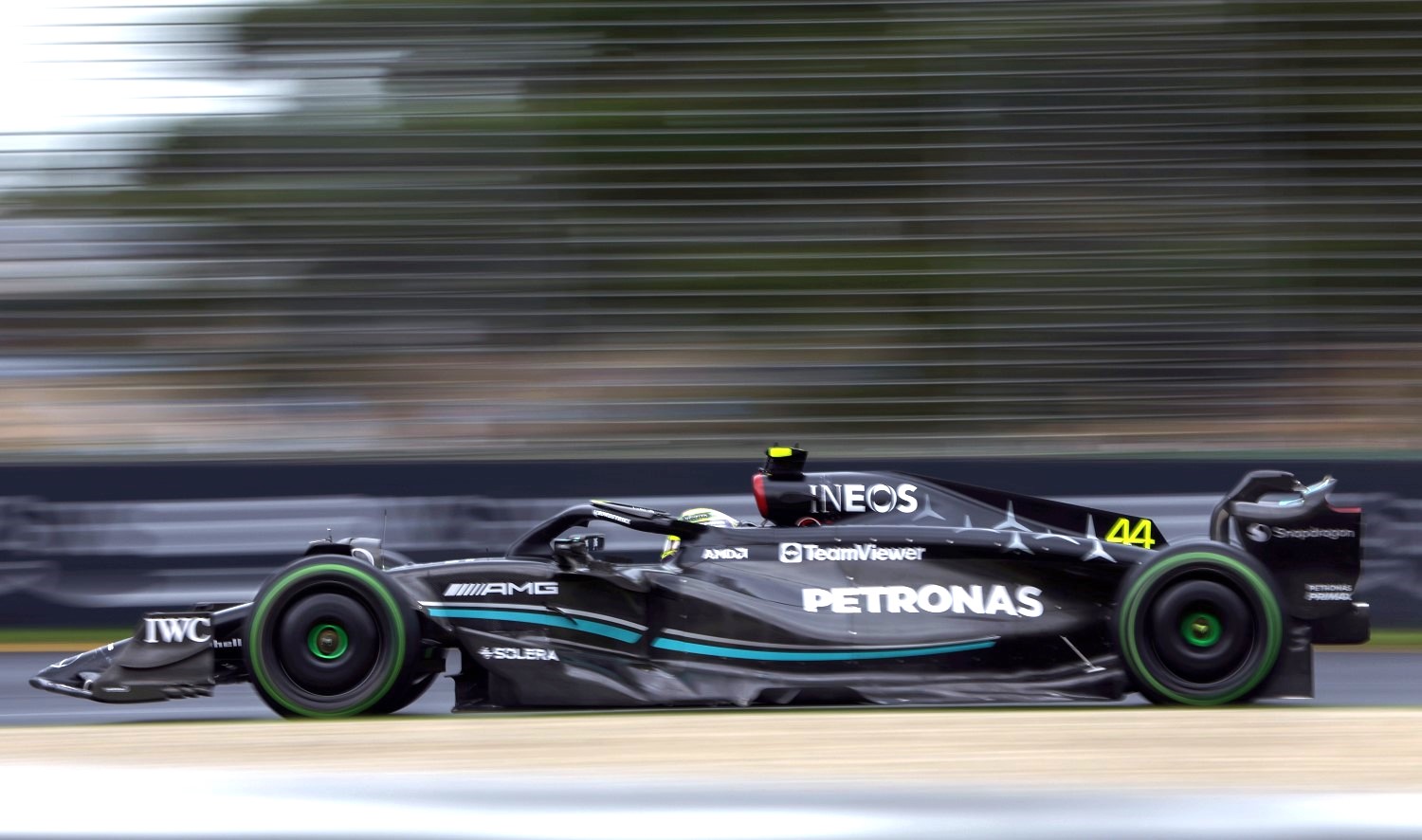
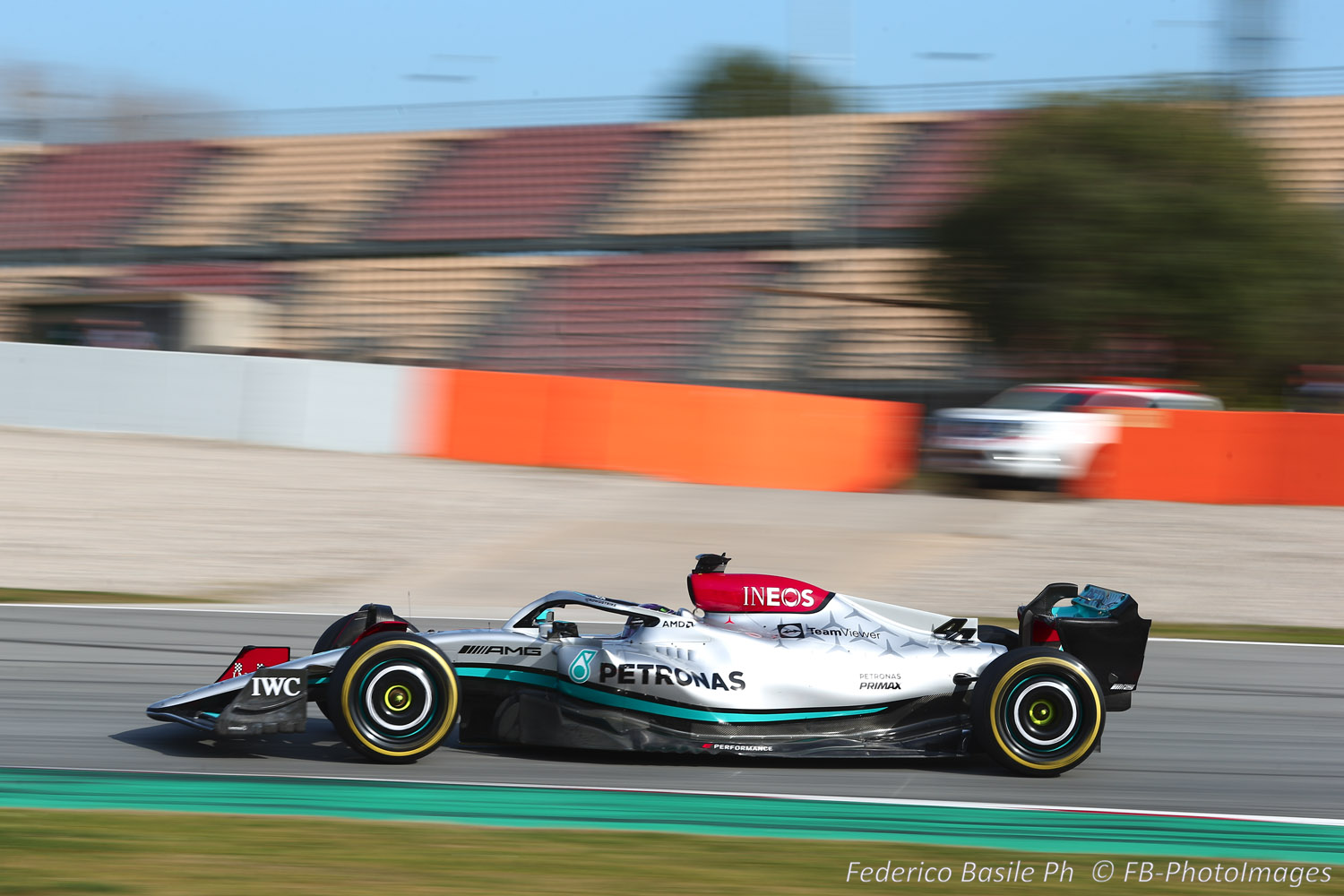
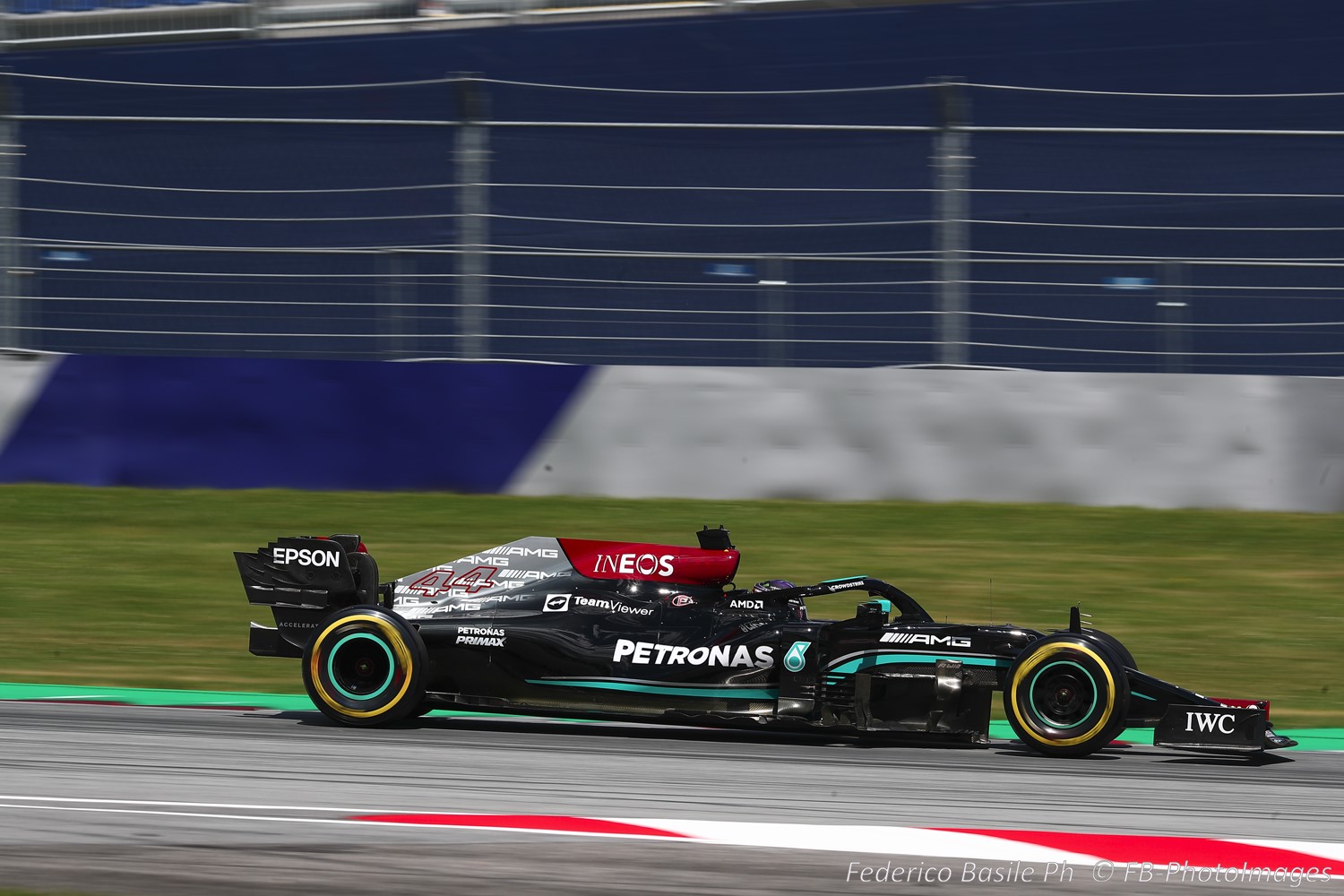
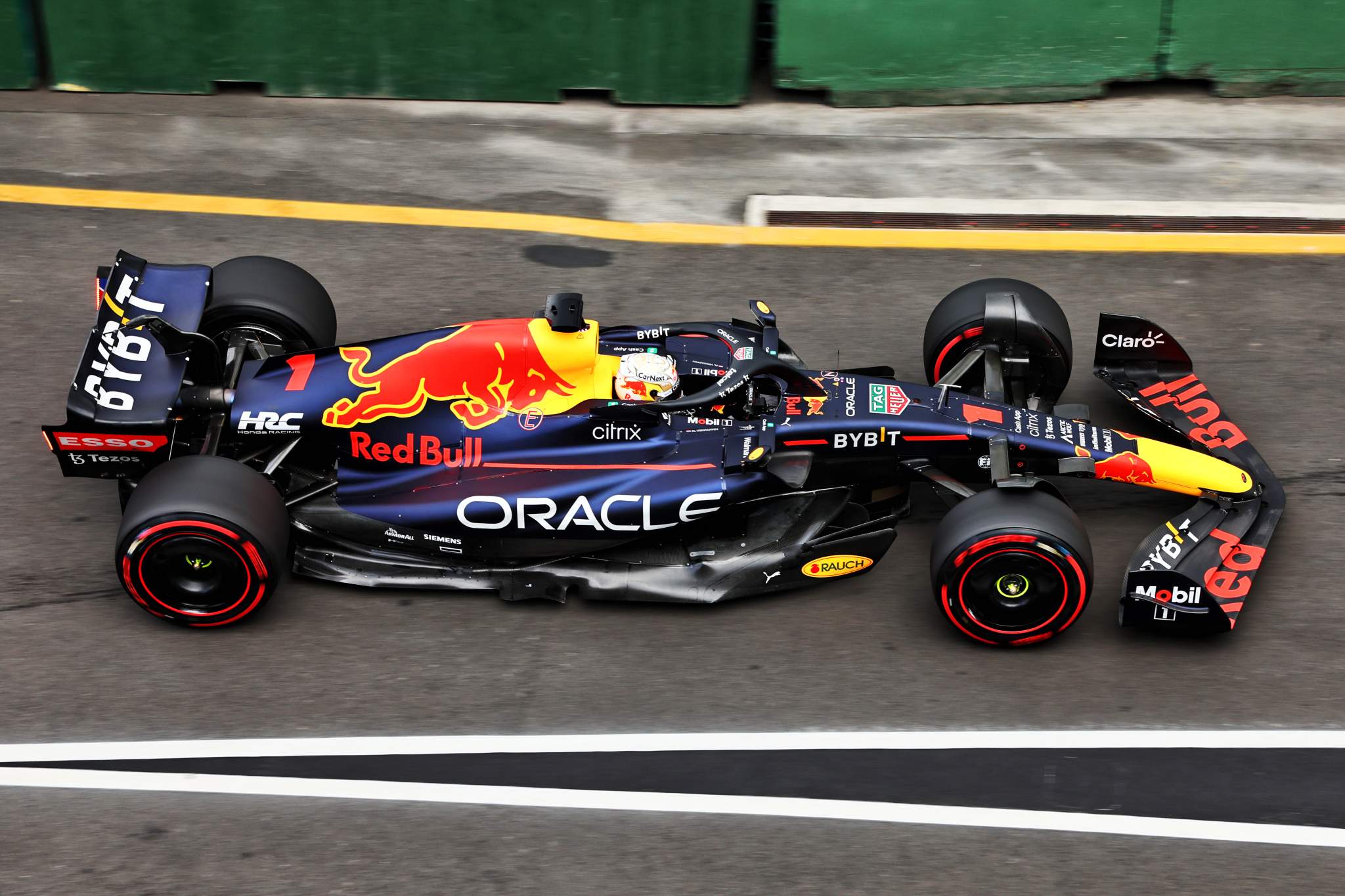
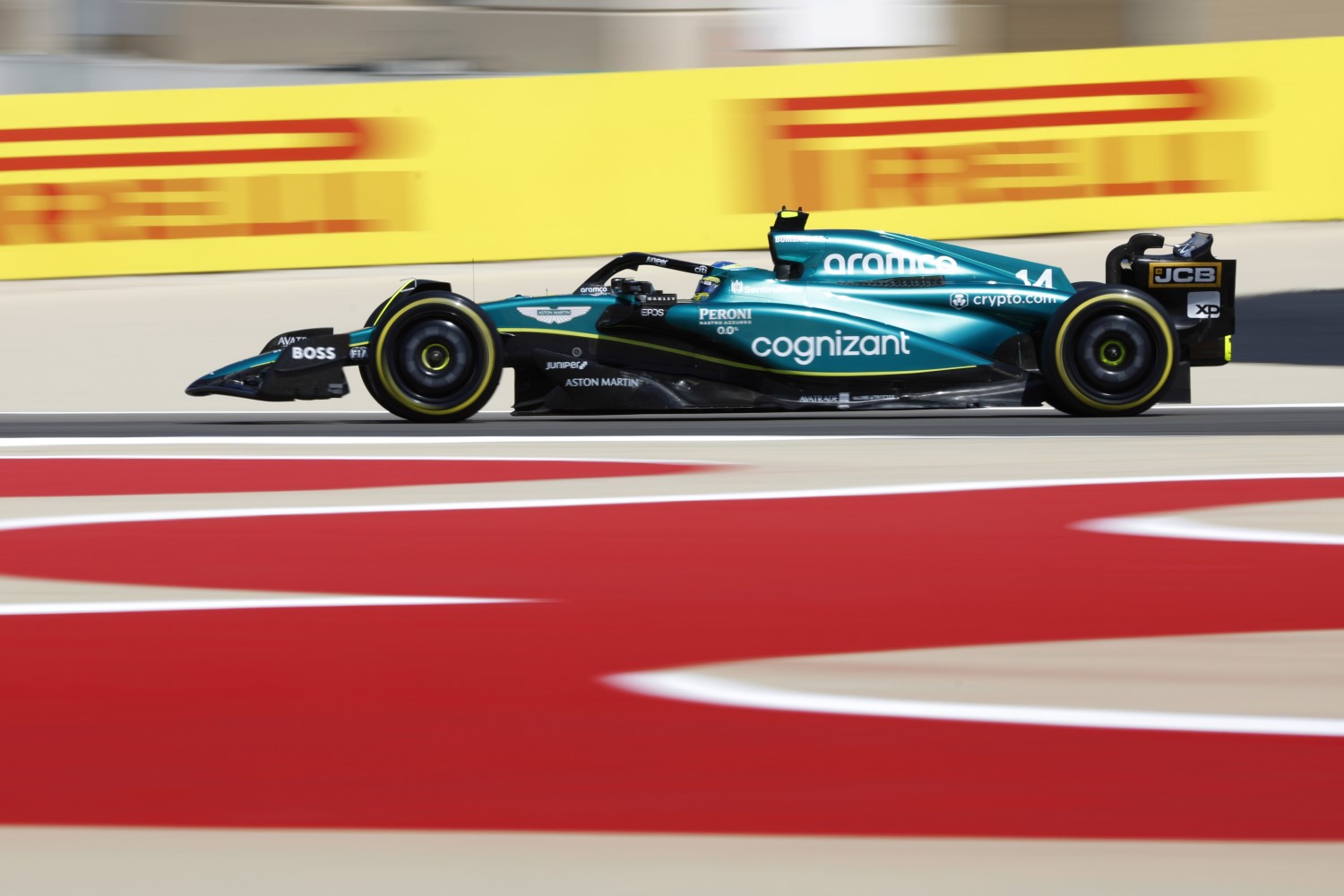
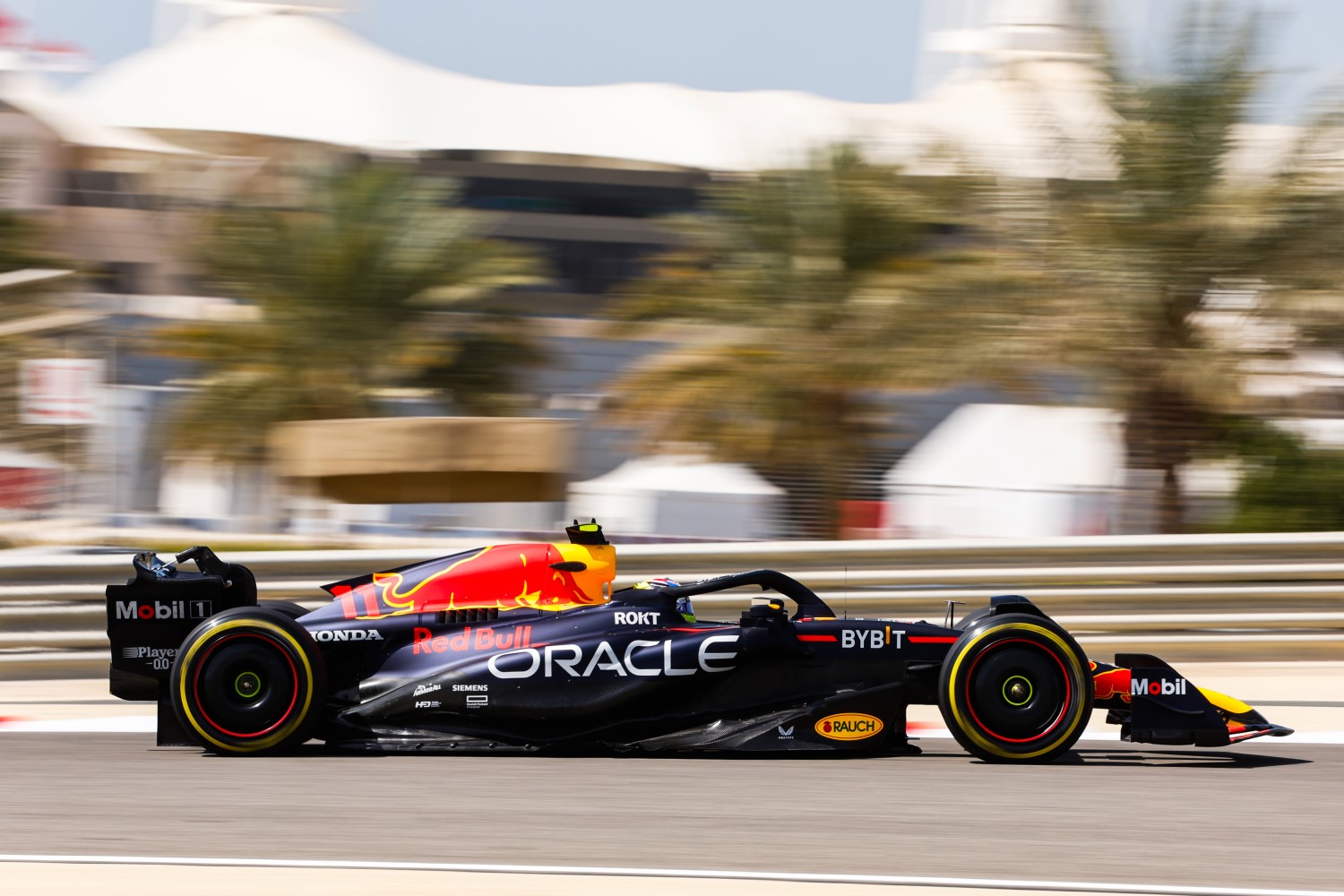
“When you’re driving, you feel like you’re sitting on the front wheels which is one of the worst feelings to feel when you’re driving a car.
“If you were driving your car at home, and you put the wheels right underneath your legs, you would not be happy when you’re approaching the roundabout!
“So, what that does is it just really changes the attitude of the car and how you perceive its movement. And it makes it harder to predict, compared to when you’re further back and you’re sitting closer, more center.
“It’s just something I’ve really struggled with.”
A Sky Sports TV announcer (we believe it was Ted Kravitz who said it in the Australian GP Sky Sports post-race analysis broadcast) asked the Mercedes Technical Director, Mike Elliott, if they had moved the seating position forward on their car from where it was when Hamilton was winning all those races.
The answer: No, it is the same.
Ouch.
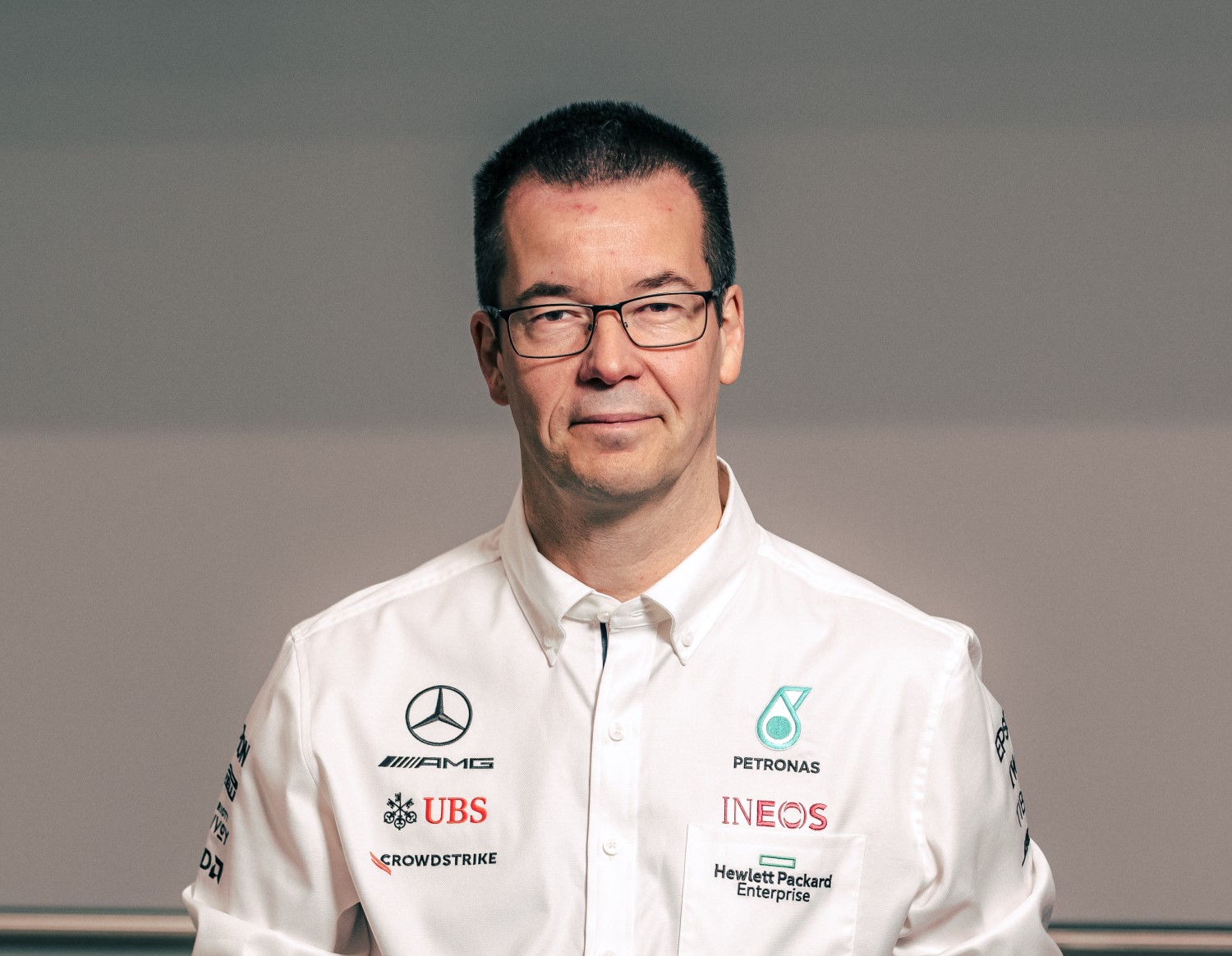
A comparison of seating positions
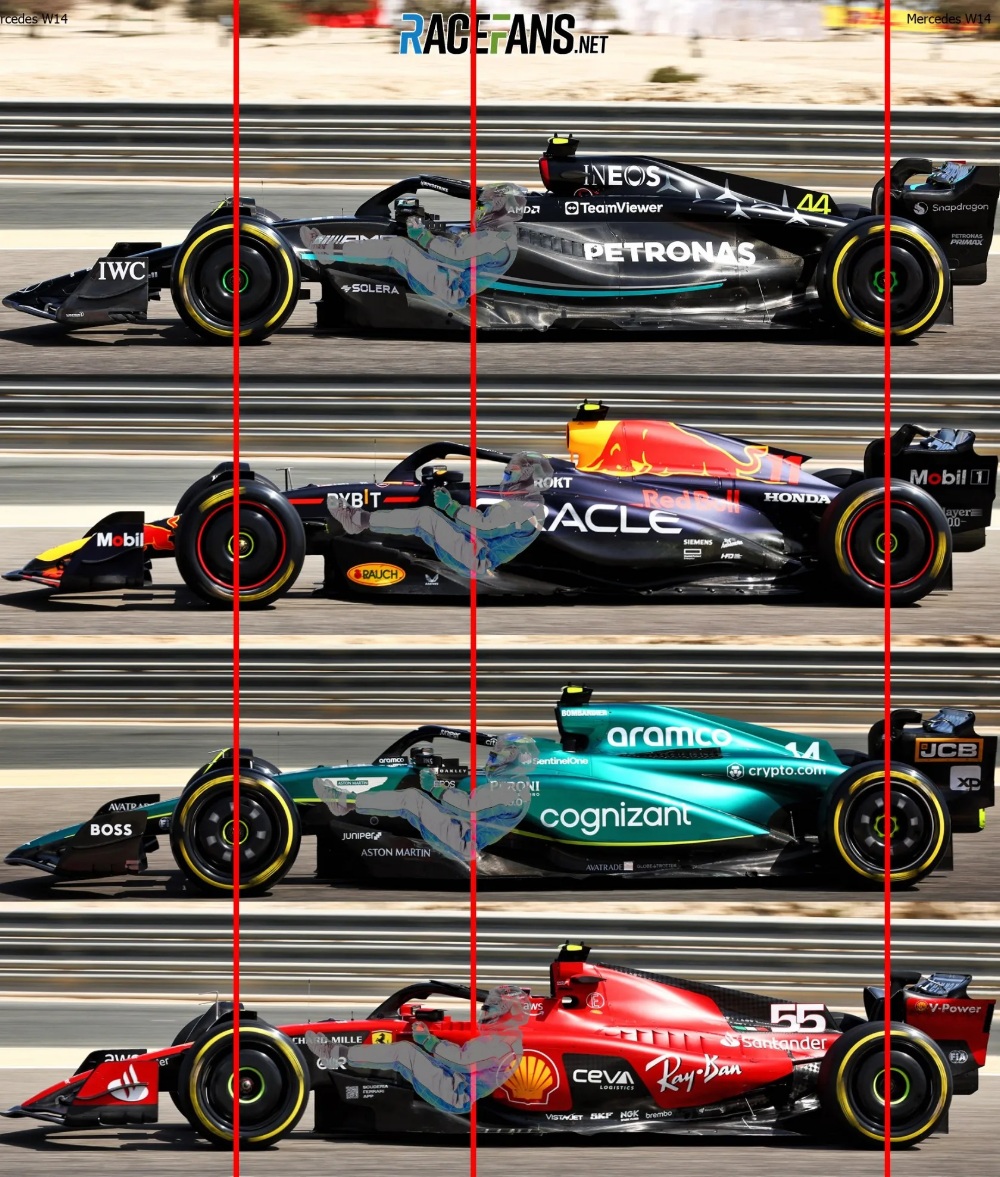
The location of the passenger compartment is linked both to the position of the side impact structures and to the package of radiating masses. Furthermore, the distribution of weights is constrained by the regulations. Since Mercedes uses the narrow-sidepod philosophy, it is clear that the cores are positioned towards the rear of the car. This implies that the driver’s position is forward precisely to reach the weight distribution window within which the teams must target.
Aston Martin and Red Bull, on the other hand, position the radiators on the sides of the passenger compartment, thus having greater freedom in the placement of the driver. The Ferrari SF-23 single-seater is instead a cross between Aston Martin and Mercedes. Like Lawrence Stroll’s team, the position of the radiators is on the sides of the cockpit, while the driver is almost at Mercedes height. However, the drivers of the Maranello team did not complain about the problems encountered by Lewis Hamilton.
This shows that it’s not just the driver’s position that determines a car’s driveability. In fact, both the position of the aerodynamic center of pressure with respect to the car’s center of gravity and the work done by the suspension are of fundamental importance. This determines the stability of the car both when braking and when cornering.
The aerodynamic center of pressure is the point where the resultant of the aerodynamic forces can ideally be applied. This is not a fixed point on the car but varies along the track. For a car to be stable, it must be behind the center of gravity.
